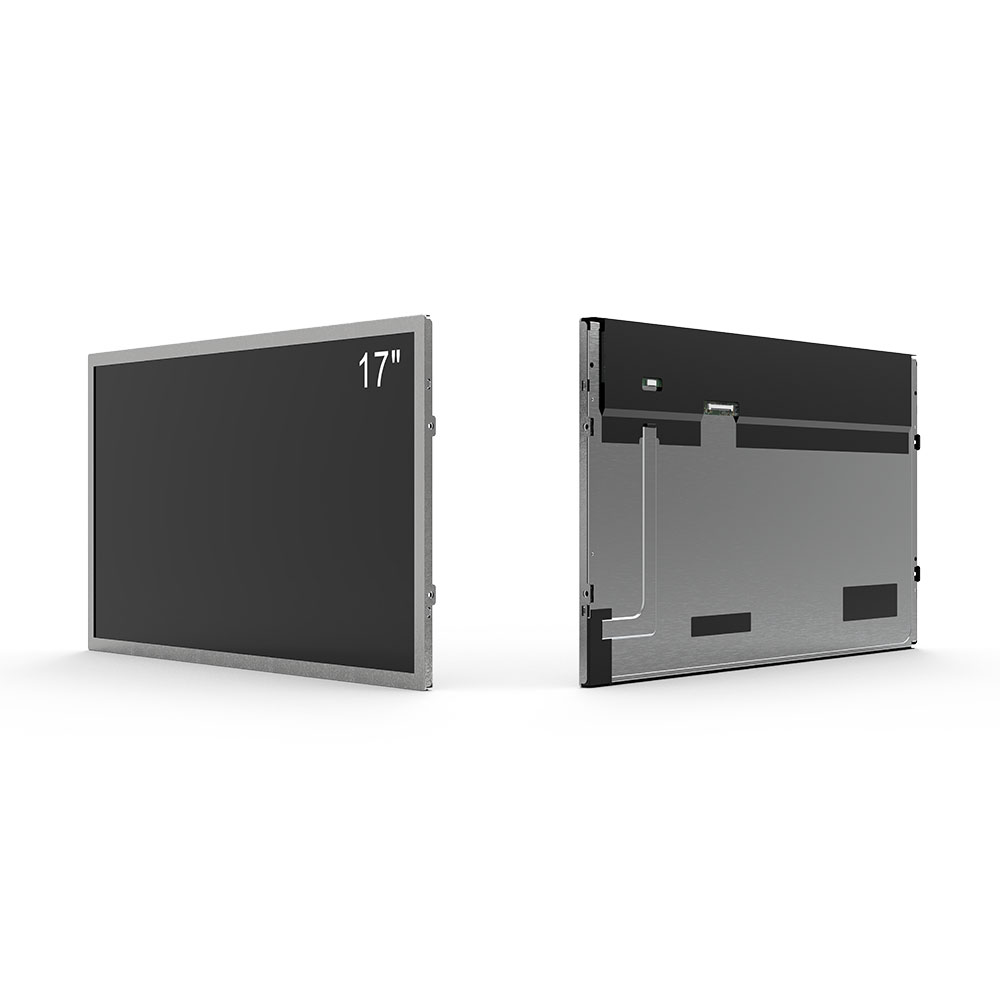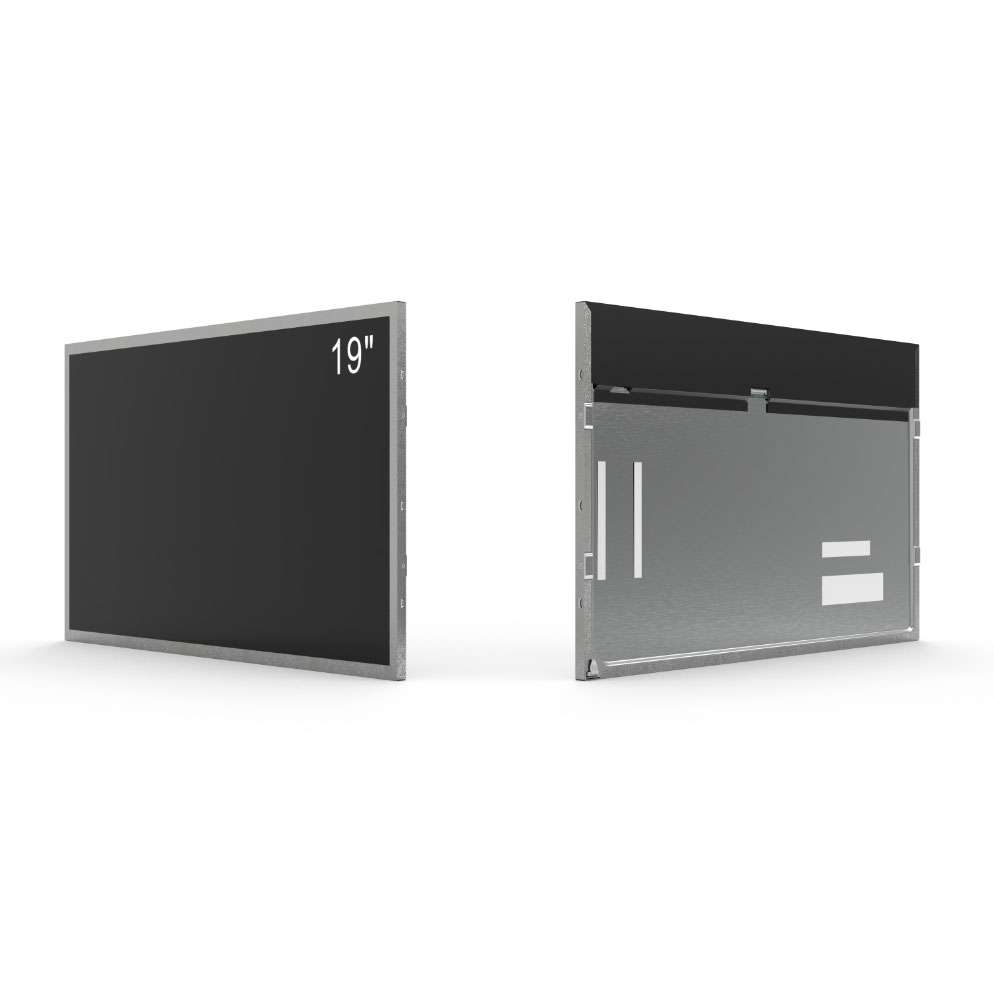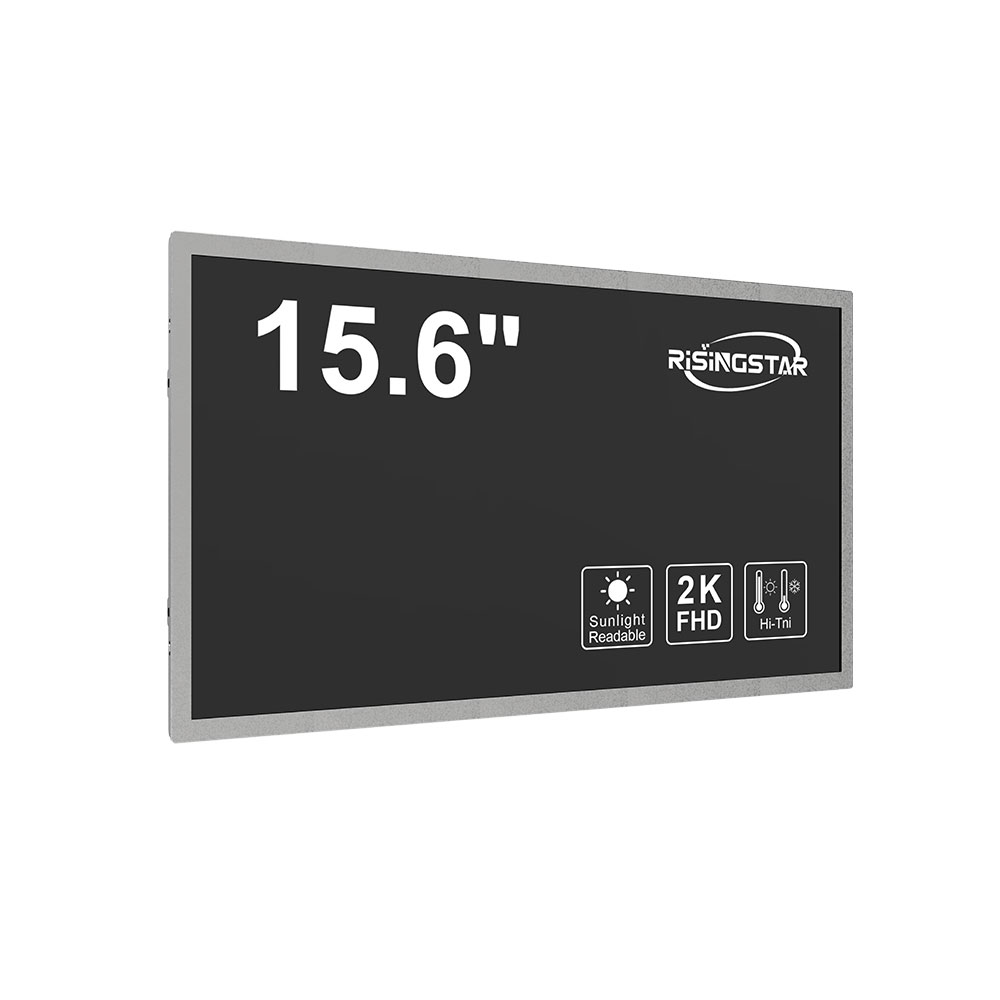- Home
- About Us
- Products
- News
- Video
- Contact
- Send Inquiry
Search
- Home
- About Us
- Products
- News
- Video
- Contact
- Send Inquiry

Outdoor LCD screens are essential for digital signage, traffic management, retail advertising, and public information systems in environments exposed to direct sunlight and variable weather. To ensure consistent visibility and long-term reliability, manufacturers must adhere to strict brightness standards and performance benchmarks. The industry-standard measurement for brightness is candela per square meter (cd/m²), commonly referred to as nits. For outdoor applications, the minimum recommended brightness level is typically 5,000 nits, with high-end displays reaching up to 10,000 nits or more. This standard aligns with the Society of Motion Picture and Television Engineers (SMPTE) guidelines, which recommend 5,000 nits for daytime visibility under direct sunlight conditions—a critical benchmark for urban digital billboards and transit station displays.
In practice, brightness alone is insufficient. Manufacturers also integrate advanced technologies such as dynamic contrast enhancement, local dimming zones, and anti-glare coatings to optimize image clarity in bright ambient light. For instance, a 7,000-nit display equipped with adaptive backlighting can maintain readability even when sunlight intensity fluctuates throughout the day—such as during sunrise or sunset. According to a 2023 study by the University of California, Berkeley, outdoor LCDs with dynamic brightness adjustment reduce energy consumption by up to 30% while preserving visual quality, making them both environmentally and economically efficient.

Environmental durability is equally crucial. Outdoor LCDs must comply with IP65 or higher ratings for dust and water resistance, as well as operate reliably across temperature ranges from -20°C to +60°C. These specifications are defined by IEC 60529 and MIL-STD-810G standards, ensuring resilience in harsh climates—from coastal humidity to desert heat. Real-world case studies, including installations at London’s Heathrow Airport and Tokyo’s Shibuya Crossing, confirm that compliant units maintain over 98% operational uptime after 5 years of continuous use.
Furthermore, modern outdoor LCDs often feature built-in environmental sensors that automatically adjust brightness based on real-time ambient light levels. This not only improves user experience but also extends screen lifespan by reducing unnecessary power draw. Industry leaders like LG, Samsung, and NEC have incorporated these features into their commercial-grade models, achieving certification under ISO 9001 and ISO 14001 for quality and environmental management.

Ultimately, selecting an outdoor LCD requires evaluating brightness, durability, energy efficiency, and smart adaptability—not just raw nit output. Understanding these technical parameters empowers businesses and municipalities to choose displays that perform reliably in any environment, ensuring effective communication and maximizing return on investment.
